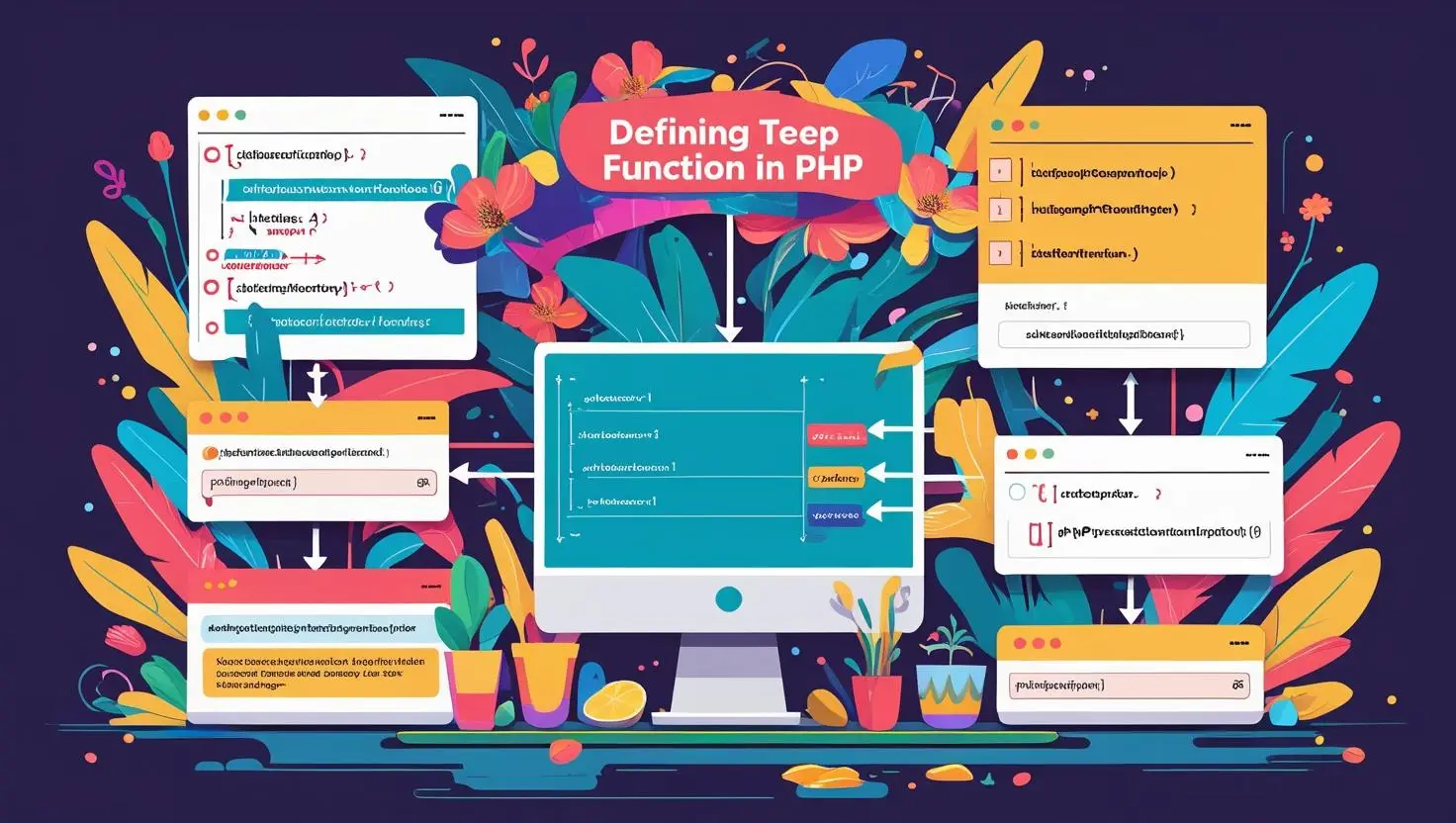How to Define a Function in PHP: A Beginner’s Step-by-Step Guide

Hi there, and welcome to MATSEOTOOLS! I’m Somen, a PHP developer who’s had the joy of teaching coding to juniors for years. If you’re just starting your journey into PHP, I know how puzzling all the new terms and concepts can feel. But don’t worry—you’re in the right place. Today, I’ll show you how to define a function in PHP step-by-step, using simple language, real examples, and tips I wish someone had shared with me at the start. Let’s jump in and take the mystery out of PHP functions!
What This is About: PHP Functions, Made Simple
Before we get into the syntax, let’s talk about what functions really are—both in programming and in everyday life.
Imagine you have to make a cup of coffee every morning. Each time, you follow the same steps: boil water, add coffee, pour, stir. Wouldn’t it be great if you could just say, “Make me coffee!” and everything happens automatically? That’s exactly what a function does in programming: it’s a reusable recipe you create once and can call whenever you need.
But what does this look like in PHP? When you define a function, you’re teaching PHP a new command—one that makes your code tidier and saves you from repeating yourself. Here’s the basic syntax:
<?php
function functionName() {
// Your code goes here
}
?>Let’s see a super simple example. Maybe you want your website to say hello in multiple places. Instead of writing echo "Hello, World!"; each time, you can bundle it into a function:
<?php
function greet() {
echo "Hello, World!";
}
greet(); // This will display: Hello, World!
?>Why PHP Devs Should Care About Functions
If you’ve dipped your toes into coding already, you’ll notice that PHP scripts often get messy as they grow. You might copy and paste similar code for things like formatting dates, validating emails, or showing notifications. This not only wastes time, but it adds risk—change a detail in one place and you might forget to update the others.
That’s where functions shine:
| Without Functions | With Functions |
|---|---|
|
Repeating the same code over and over Easy to make mistakes Harder to change or fix |
Write once, use many times Less chance for errors Change in one place, updates everywhere |
Bottom line? Learning how to define a function in PHP helps you write code that’s cleaner, easier to read, and much simpler to maintain. Plus, it’s a foundation for more advanced PHP skills you’ll discover later.
How to Define a Function in PHP: Step-by-Step
1. The Basic Building Blocks
All PHP functions start with the function keyword, followed by the name you choose, and a pair of parentheses. Inside curly braces {}, you write what you want that function to do. Here’s a classic example:
<?php
function sayGoodMorning() {
echo "Good morning!";
}
sayGoodMorning(); // Prints: Good morning!
?>Notice that calling sayGoodMorning(); anywhere in your PHP script will display the message.
2. Adding Parameters: Making Functions Flexible
Functions become powerful when you let them accept inputs—called parameters. Think of a parameter like a slot you can fill with different values. Here’s how it works:
<?php
function greetPerson($name) {
echo "Hello, " . $name . "!";
}
greetPerson("Somen"); // Prints: Hello, Somen!
greetPerson("Alex"); // Prints: Hello, Alex!
?>This is much more flexible than our earlier greet() function.
3. Functions That Return Values
Sometimes, you want your function to calculate or prepare something, then give you back the result. This is done with the return keyword.
<?php
function add($a, $b) {
return $a + $b;
}
$sum = add(3, 5); // $sum now holds 8
echo $sum; // Prints: 8
?>Returning values lets you use function results elsewhere in your code—a big part of writing smart, flexible programs.
4. Best Practices for Defining Functions
- Choose descriptive names: Like
calculateTax()orsendEmail(), so your future self knows what they do. - Keep functions focused: Try to make each one do a single job, so it’s easy to test and debug.
- Document your functions: Leave comments explaining what each function expects and returns. This helps others (and your future self!) understand your code.
Final Thought
That’s it! You’ve just learned the basics of how to define a function in PHP: from simple recipes to functions with parameters that return values. Think of functions as building blocks in your PHP toolkit—the more you use them, the better and cleaner your code will become.
Ready to keep learning? Check out our blog for more beginner-friendly guides, or dive deeper with articles about search engine optimization, AI, and creative skills that every developer should know. Happy coding!
Written by Somen from MATSEOTOOLS
 Some Question
Some Question


